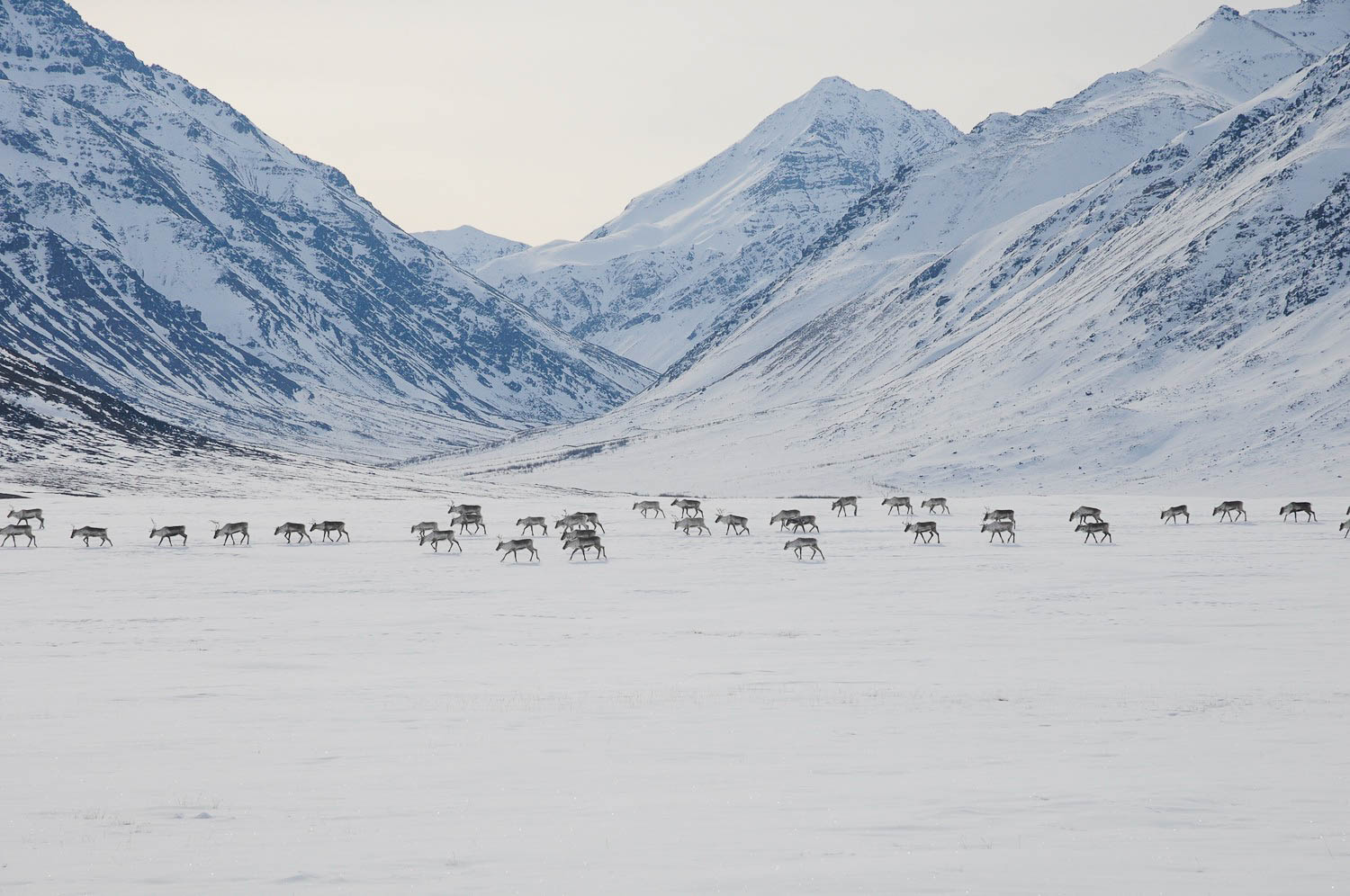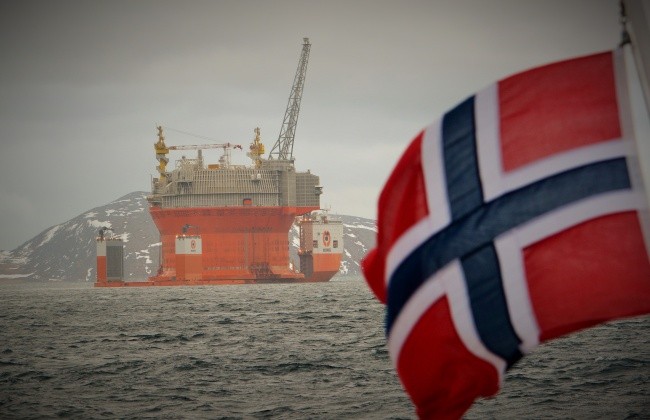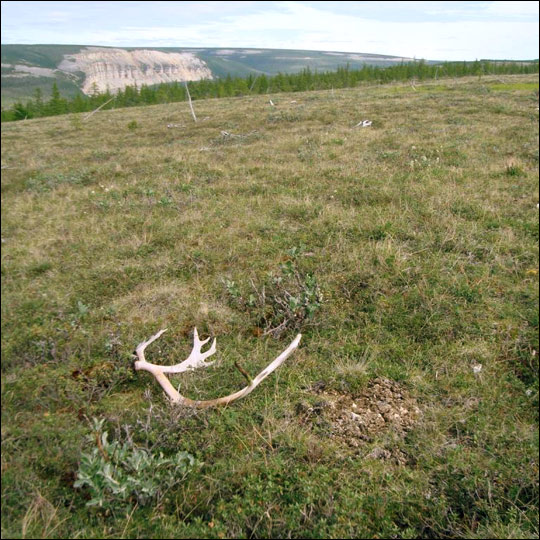Prepare for ‘surprise’ as global warming stokes Arctic shifts – scientists
BARCELONA — Unless the world stops burning fossil fuels that are fueling global warming, irreversible changes in the Arctic could have disastrous effects for the people that live there and for the rest of the planet, researchers warned on Friday.
The Arctic‘s ecosystems are fundamentally threatened by climate change and other human activities, such as oil and gas extraction, they said in a report for the Arctic Council, an inter-governmental forum working to protect the region’s environment.

“Arctic ecosystems are changing in dramatic ways: the ice is melting, sea levels are rising, coastal areas are eroding, permafrost is thawing, and the areas where plants and animals live are shifting,” said the report.
It identifies 19 “regime shifts” – meaning major, hard-to-predict tipping points – that have happened, or could occur, in the Arctic‘s land and water. They include a switch to sea-ice free summers and the collapse of various fish stocks.
Those shifts affect the stability of the climate and landscape, the ability of plant and animal species to survive, and indigenous peoples’ subsistence and ways of life, the report added.
The potential impacts of Arctic regime shifts on the rest of the world are “substantial,” such as influencing Asia’s monsoon, but poorly understood, it said.
“If multiple regime shifts reinforce each other, the results could be potentially catastrophic,” Johan Rockström, director of the Stockholm Resilience Centre and co-chair of the five-year study, said in a statement.
“The variety of effects that we could see means that Arctic people and policies must prepare for surprise. We also expect that some of those changes will destabilize the regional and global climate, with potentially major impacts.”

Co-editor Marcus Carson of the Stockholm Environment Institute told the Thomson Reuters Foundation that in the past six to 12 months, he had heard a lot more “warning bells ringing about the Arctic and what spill-back effects it might have.”
This month, scientists have said temperatures around 20 degrees Celsius above the seasonal average are being registered over the Arctic Ocean, delaying the annual recovery of sea ice.
“Because the Arctic is so connected to the rest of the planet in terms of climate regulation … the change that we’re sending to the Arctic is likely to be amplified and come back to us,” Carson said.
Indigenous solutions
The report explores how communities in Arctic countries, from Finland to Russia and Canada, are dealing with the changes underway. Some are adapting far better than others, it found.
For example, the Inuit of Cape Dorset in Canada’s Nunavut territory have transformed themselves from nomadic hunters into internationally recognized artists based on their traditional crafts.
And in Iceland, reduced cod quotas and increases in whale populations after a hunting moratorium pushed Húsavík’s fishing community to turn itself into one of the country’s whale-watching hotspots.

But other places have not proved so resilient. In Sweden, Sámi reindeer herders have struggled to cope as it becomes harder to feed animals and move around due to shrinking ice, while other communities in Russia, Greenland and Alaska have run into problems with efforts to relocate.
The study highlights the importance of having the right laws and systems in place so Arctic communities can make collective decisions about how best to face up to climate change.
“Ultimately, realizing resilience in the Arctic will depend on empowering the people of the North to self-organize, define challenges in their own terms, and find their own solutions, knowing that they have the flexibility and external support to implement their plans,” the report concluded.